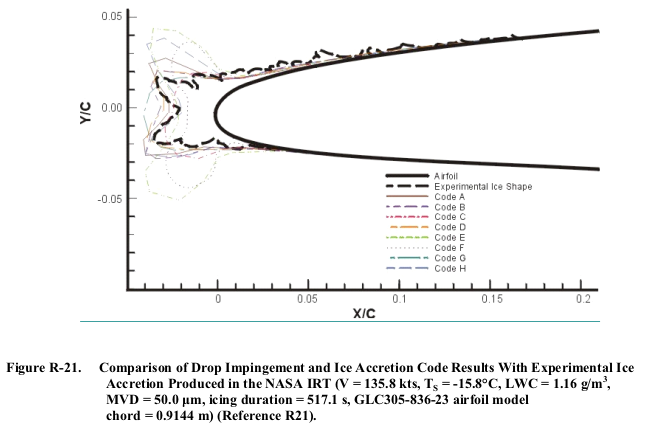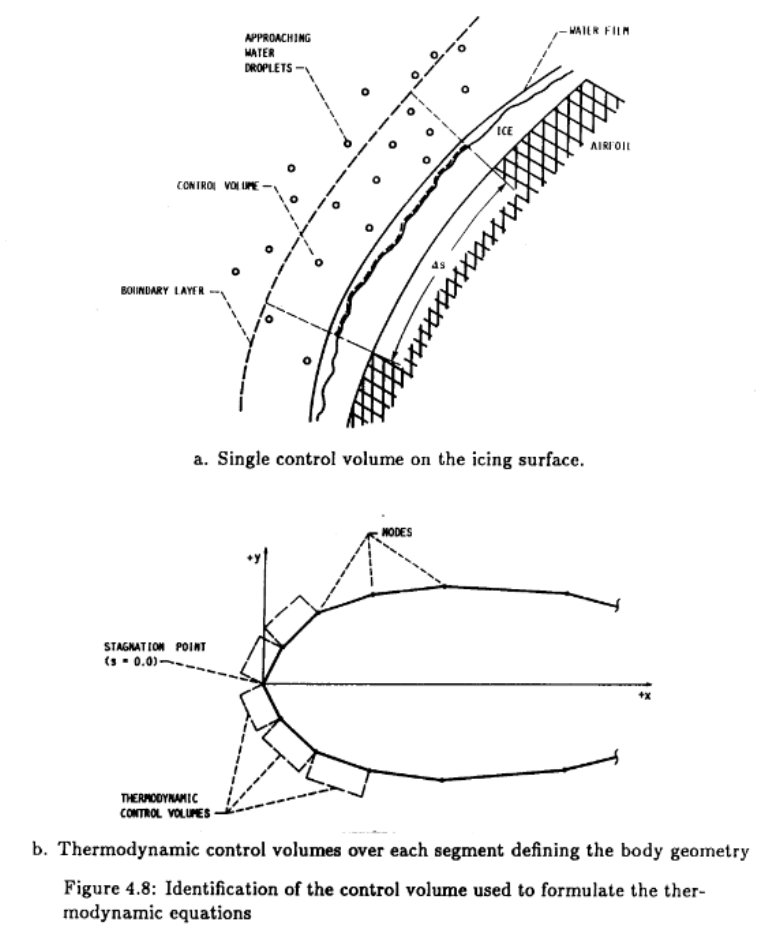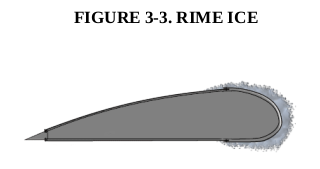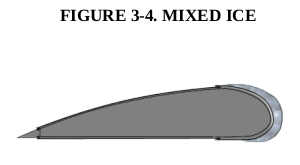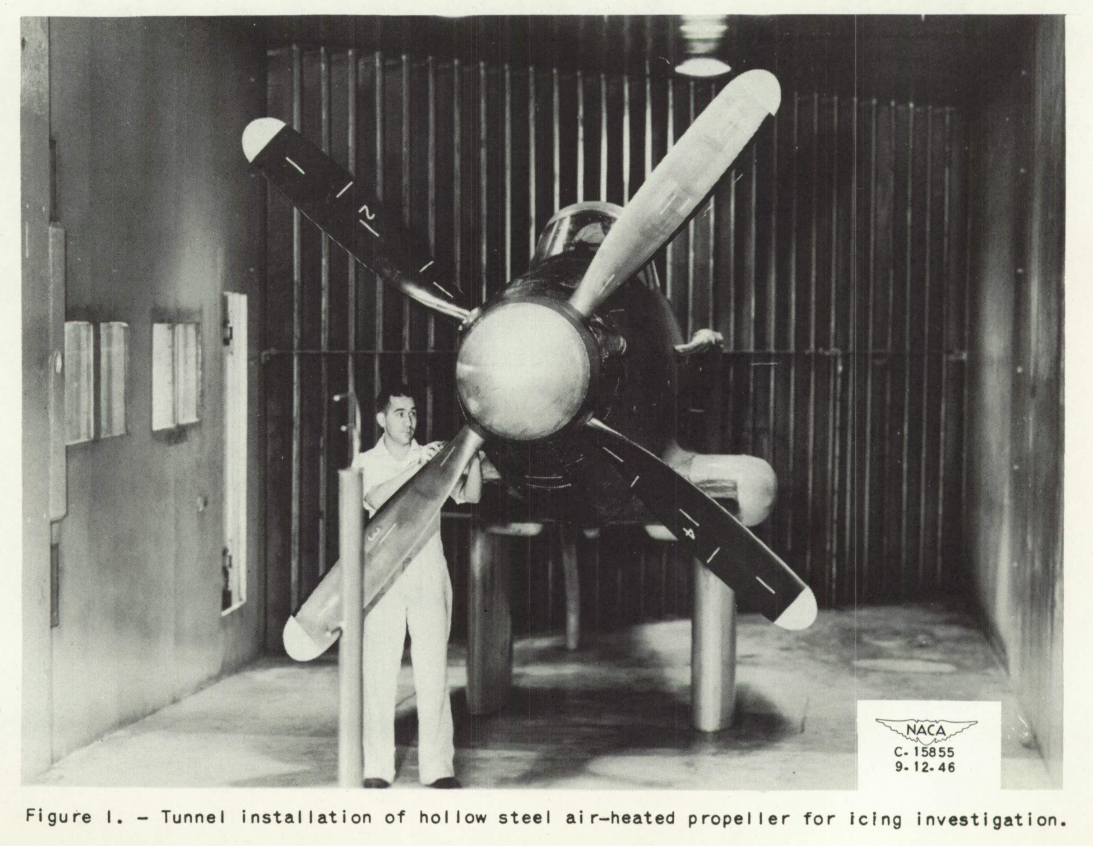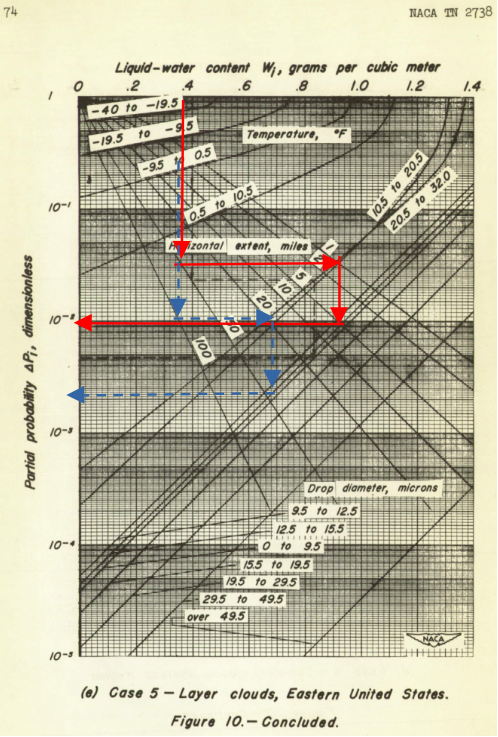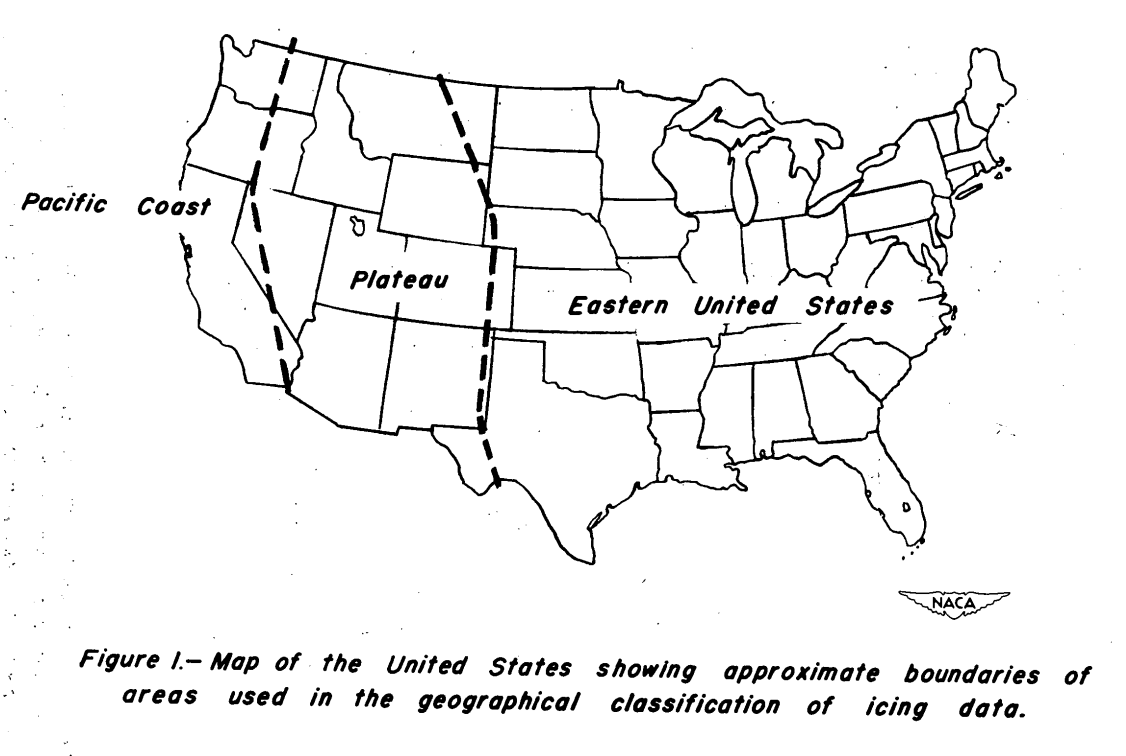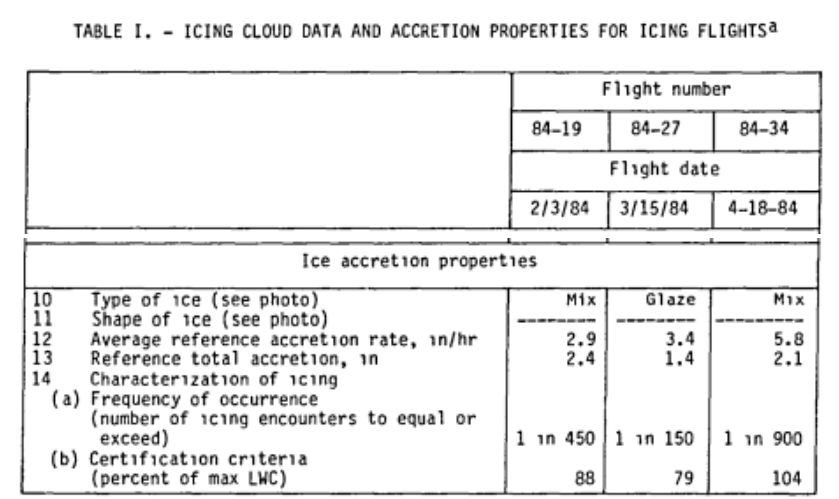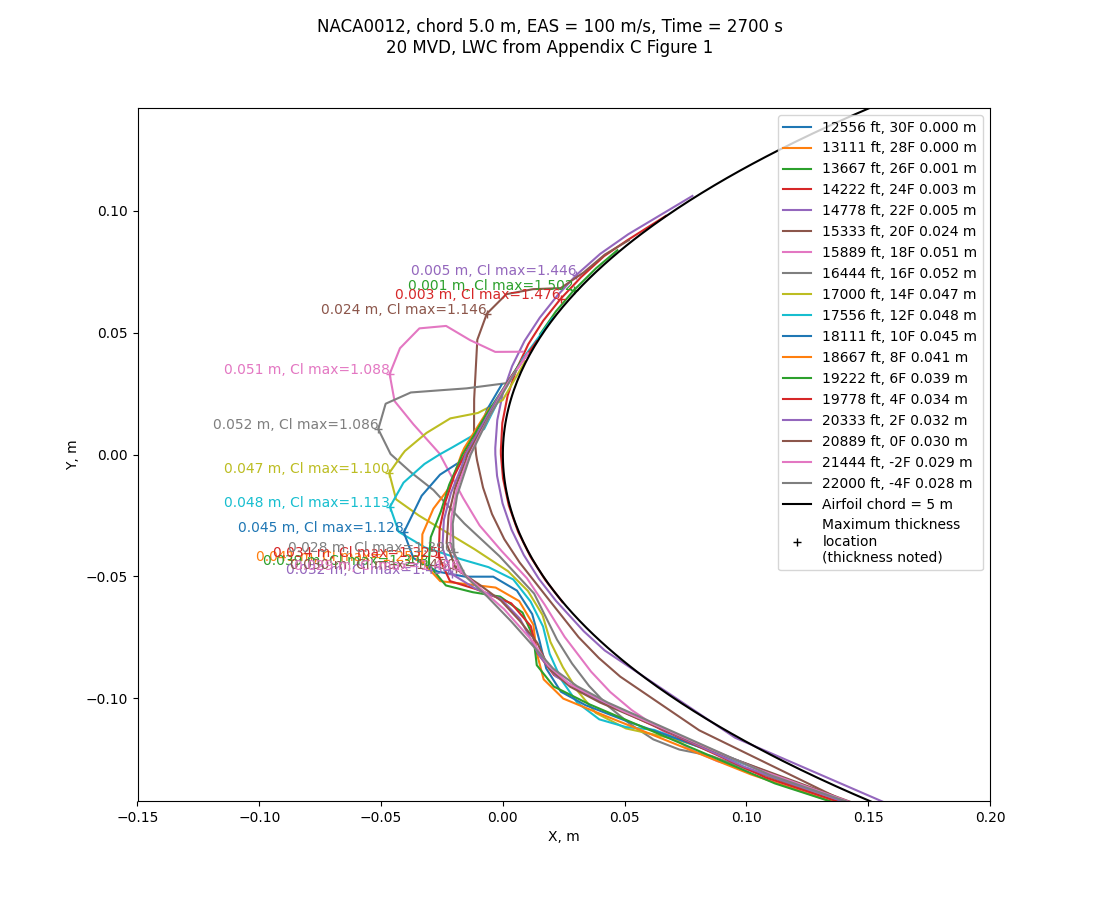
Public domain image by Donald Cook.
Summary
Search within the Appendix C Continuous Maximum Icing definition for the thickest ice shape.
Prerequisites
You need to have completed Run a 2D simulation.
Introduction
"Aircraft Ice Protection" AC 20-73A faa.gov offers guidance on analysis for icing conditions. We will not cover the certification aspects in detail.
Much of the detail is on ice protection systems.
This advisory circular (AC) tells type certificate and supplemental type certificate applicants how to comply with the ice protection requirements of Title 14 of the Code of Federal Regulations (14 CFR) parts 23, 25, 27, 29, 33, and 35.
However, it is also useful for analysing ice shapes on unprotected surfaces.
It is noted that:
Determination of critical ice shape configurations is not straightforward and may require engineering judgment.
SAE AIR5903, "Droplet Impingement and Ice Accretion Computer Codes" sae.org notes:
read moreA balancing of accurate and …
